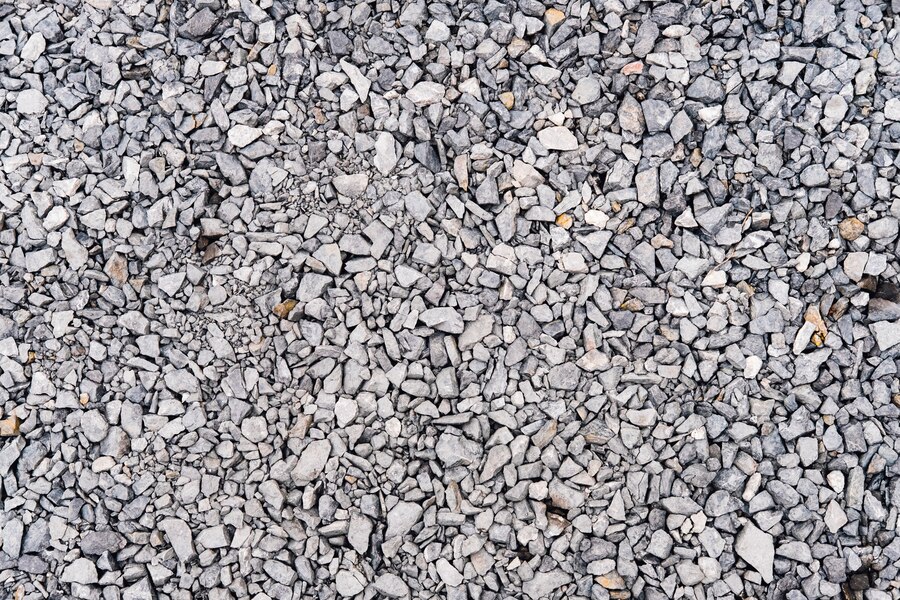
How To Maintain Your Gravel Pathway Year-Round?
Maintaining a gravel pathway year-round ensures its durability and aesthetic appeal. Gravel paths are a practical choice for landscaping, offering a natural look and easy installation. However, to keep them looking their best and functioning properly, regular upkeep is essential. From dealing with seasonal changes to addressing common issues like erosion and weeds, a proactive approach will help extend the lifespan of your pathway. Understanding the key aspects of gravel maintenance will not only enhance the pathway’s appearance but also ensure it remains a reliable and attractive feature of your outdoor space throughout the year.
Seasonal Gravel Pathway Upkeep
Seasonal changes can significantly impact your gravel pathway, necessitating specific upkeep strategies. In spring and summer, frequent weeding and raking are crucial to prevent overgrowth and maintain evenness. During fall, regular removal of leaves and debris is essential to prevent them from compacting and affecting the pathway’s drainage. In winter, ensure the pathway is clear of ice and snow, which can lead to erosion if left unchecked. By adjusting your maintenance routine according to the seasons, you can preserve the pathway’s functionality and appearance throughout the entire year.

Essential Gravel Pathway Maintenance Tools
Equipping yourself with the right tools is vital for effective gravel pathway maintenance. A sturdy rake is essential for spreading and leveling gravel, while a garden fork can help with soil aeration and removing debris. A leaf blower or broom is useful for clearing leaves and small debris, and a shovel or trowel is handy for minor repairs and adjustments. For larger maintenance tasks, such as replenishing gravel or addressing erosion, consider a wheelbarrow and a compactor. Proper tools not only make the job easier but also ensure a well-maintained and attractive pathway.
How To Repair Erosion In Your Gravel Pathway?
Erosion can compromise the integrity of your gravel pathway, making timely repairs crucial. Start by assessing the extent of the erosion and removing any loose gravel or debris from the affected area. Refill the eroded spots with fresh gravel, ensuring it is level with the surrounding surface. Compact the new gravel to stabilize it and prevent further erosion. Adding edging or borders can also help direct water flow and reduce the risk of future erosion. Regular inspection and maintenance will help keep your pathway in good condition and minimize the impact of erosion.
Choosing The Right Gravel For Seasonal Changes
Selecting the appropriate gravel type for your pathway is essential for accommodating seasonal changes. During wet seasons, choose gravel with good drainage properties, such as crushed stone or pea gravel, to prevent water accumulation and reduce erosion. In colder climates, opt for gravel that can withstand freezing and thawing without displacing easily. For warmer months, select a gravel type that remains cool underfoot and resists shifting. By choosing the right gravel for each season, you can enhance the pathway’s durability and maintain its functionality throughout the year.
Techniques For Effective Gravel Pathway Drainage
Proper drainage is critical for maintaining a gravel pathway and preventing issues such as erosion and puddling. Ensure the pathway is slightly sloped to encourage water runoff away from the surface. Installing drainage pipes or gravel-filled trenches along the edges can help manage excess water. Regularly check and clear any obstructions in drainage systems to maintain optimal flow. Additionally, incorporating a layer of landscape fabric beneath the gravel can help prevent weed growth and reduce sediment buildup, further enhancing the pathway’s drainage efficiency.
How To Keep Weeds Out Of Your Gravel Pathway?
Weeds can quickly undermine the appearance and functionality of your gravel pathway. To effectively keep them out, start by applying a weed barrier fabric underneath the gravel to prevent seeds from germinating. Regularly remove any visible weeds by hand or with a weeder tool to prevent them from spreading. Applying a pre-emergent herbicide can also help control weed growth. Additionally, maintaining a thick layer of gravel can discourage weeds by reducing the amount of light reaching the soil beneath. Consistent weeding and preventive measures will keep your pathway looking clean and well-maintained.
Steps For Refreshing And Replenishing Gravel
Over time, your gravel pathway may require refreshing and replenishing to maintain its appearance and functionality. Begin by removing any debris, weeds, or compacted gravel from the surface. Next, assess the depth of the existing gravel and determine how much additional gravel is needed to restore the pathway to its original level. Spread the new gravel evenly over the surface and use a rake to level it out. Compact the gravel to ensure stability and prevent shifting. Regularly replenishing and maintaining the gravel will keep your pathway looking fresh and inviting throughout the year.
Conclusion
Maintaining your gravel pathway year-round involves a combination of regular upkeep, appropriate tool usage, and seasonal adjustments. By following these guidelines, from repairing erosion and managing drainage to preventing weed growth and selecting the right gravel, you can ensure your pathway remains an attractive and functional feature of your landscape. Consistent maintenance not only enhances the pathway’s appearance but also extends its lifespan, making it a valuable asset for your outdoor space. With the right care and attention, your gravel pathway can continue to enhance your property for years to come.



